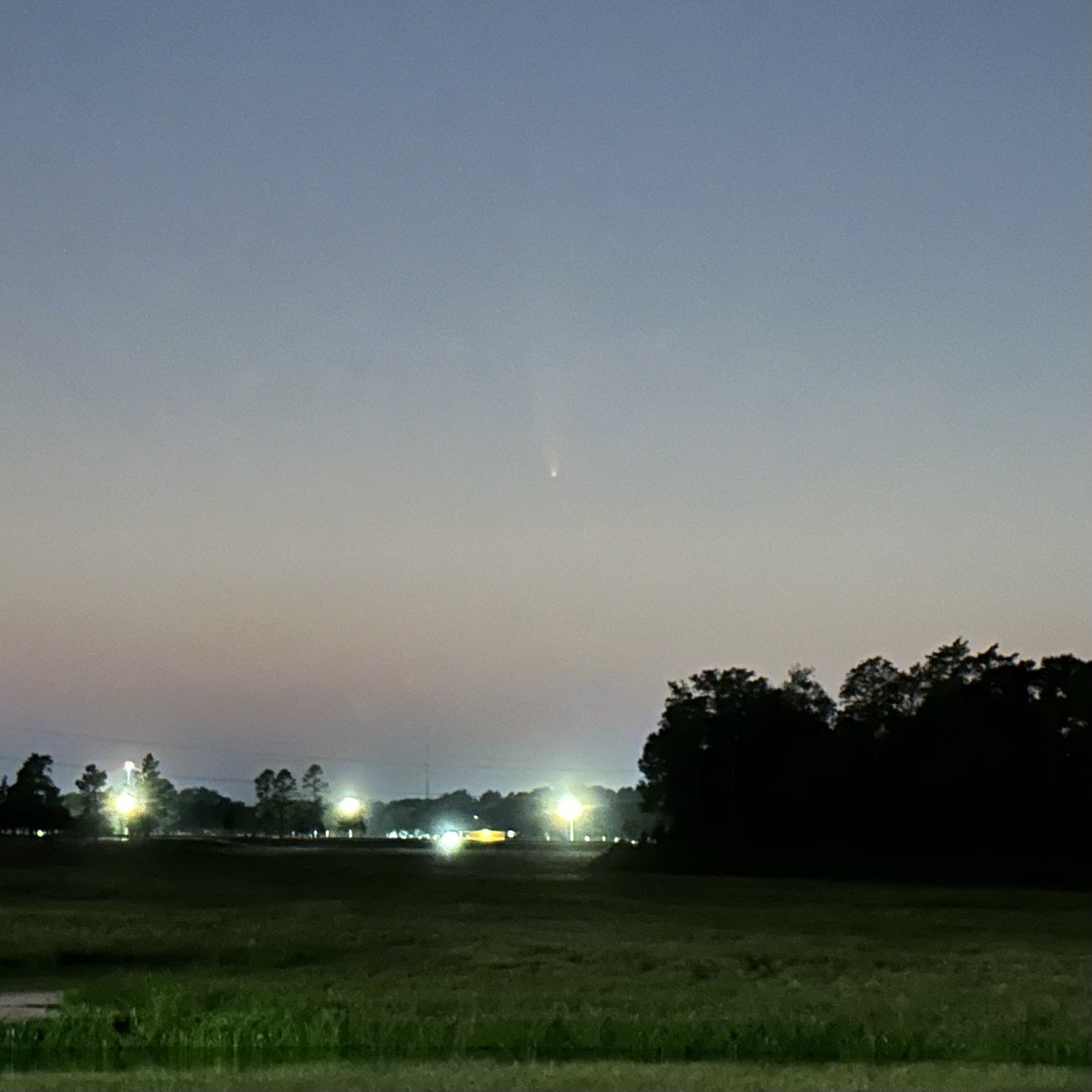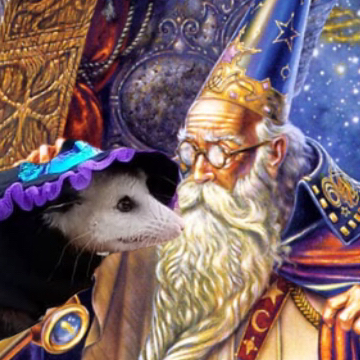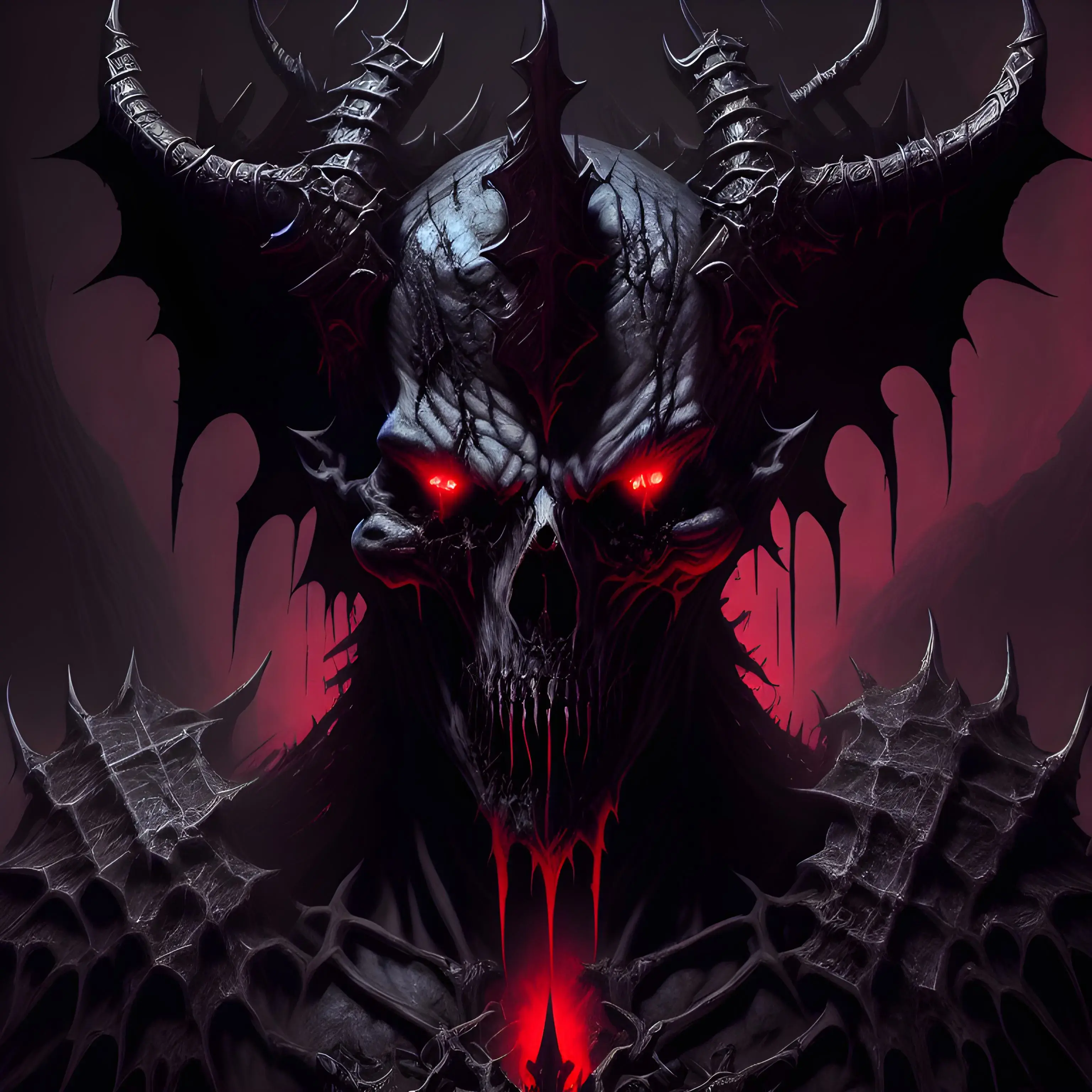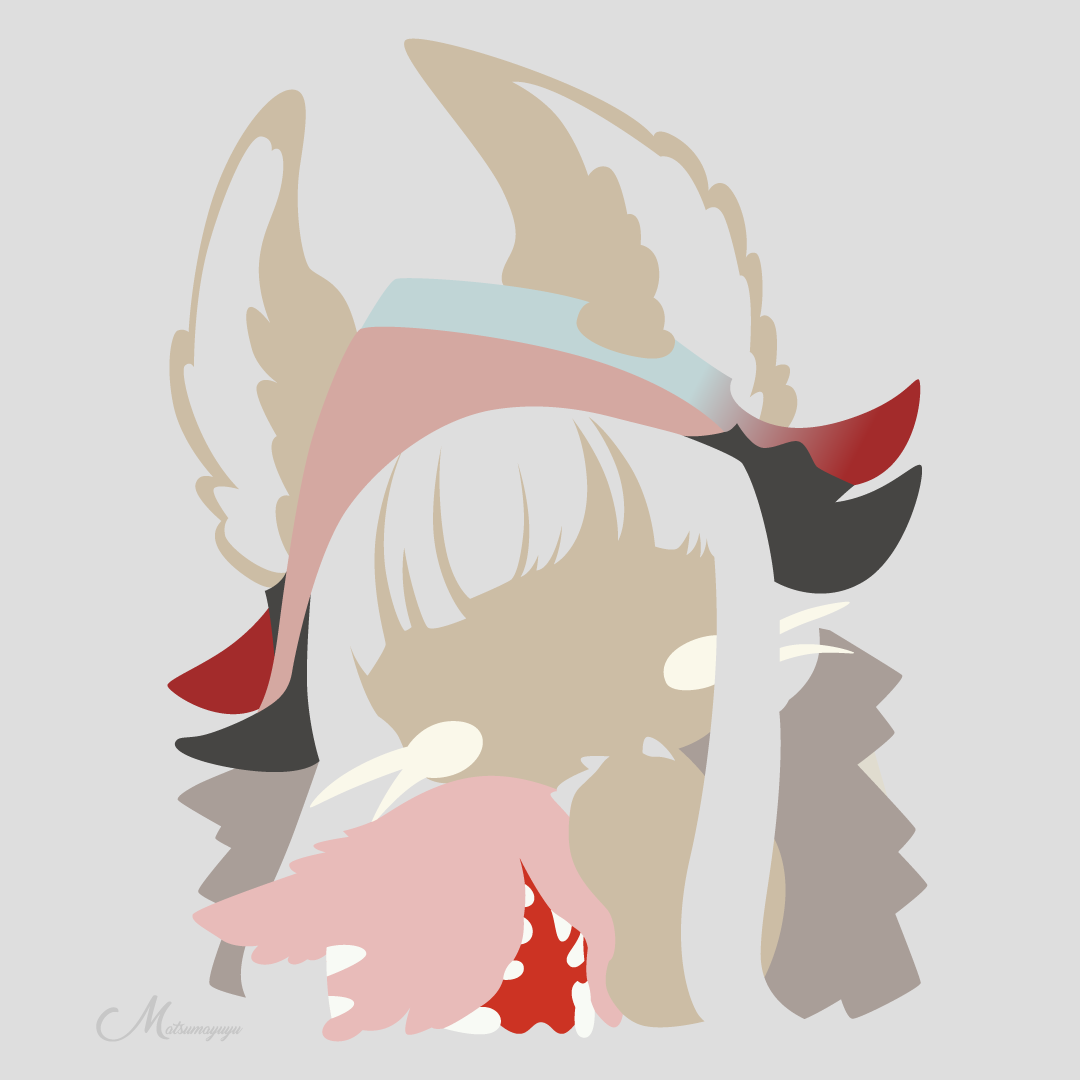We got extremely lucky and got a tiny window of cloudless sky in an never ending sequence of cloudy nights. Also the conditions were a nightmare with severe light pollution and lights shining directly at our equipment.
- Samyang 135mm f2.0
- Fuji X-T5
- 158 x 5s
- ISO 125
- @f2.8
And maybe somebody here can explain to us what the ionized gas is that 'shoots out‘ in front of the comet?
Also do the colours seem to be correct? We tried our best at background extraction and maintaining the true colour, but the raw data was of poor quality. From images of other comets the dust tails normally seems to have a yellow/orange colour and only the plasma tail is blue.
Edit: found the answer to the Anti-tail. It shows the trail of dust were the comet has traveled, which appears to come out at the opposing side because of earths angle relative to the comet and sun.
Love the colors!
Cool thank you!
A set of trees are in the say literally right now :( We went on top of a building but only a couple of stories up.
Awesome photo. I shall live through all of your photos.
Lets see what the next days will bring. As the comet rises higher maybe it will be even more visible.
Yours is beautiful.
This was all I could get with long exposure on my phone when the sky was dark enough but the comet had not yet set. It’s flat here, so this was the clearest view of the horizon and (despite those lights) the darkest area I could find. To the naked eye, it was a smudge. The bright spot only shows in the pic.

Your image looks not to bad either. On my phone the comet looked the same like yours.
I’m going to take a wild guess here, but if you look at your first frame and last frame, does the comet appear to have moved backwards? I’m wondering if the strange plasma you see in the front is just an artifact of the stacked results. Stacking comets can be a bit tricky due to their movement.
That being said, absolutely amazing shot!
Thanks for answering! Yes the comet moved quite a bit, but I stacked two images. One for the stars and one for the comet were I registered the images onto the comet itself. So the stream seems to be a real feature of the comet.
Dope
I’m new to astro, is it necessary to stack so much photos to see this comet? Whats the difference between single shot and stacked in this case? Thanks!
The comet is also visible on one single exposure as it is very bright. It was also visible to the naked eye. But stacking reveals even more details because it improves the signal to noise ratio. Also stacking helps removing unwanted objects like satellite trails, planes or moving clouds.
I see. Thanks for the answer!





